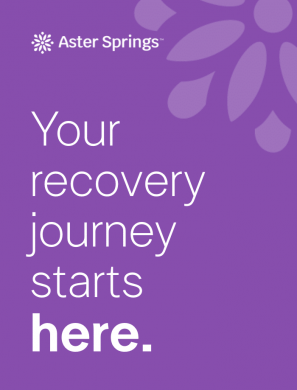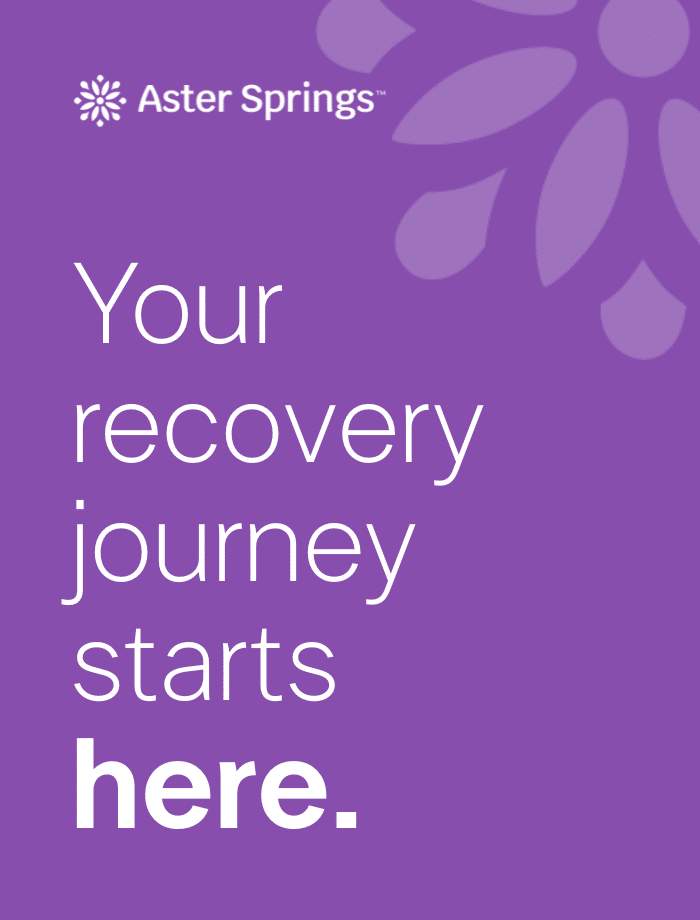At some point, nearly everyone has turned to food for comfort. A stressful day ends, emotions feel heavy, and a snack or meal seems to offer relief. For many, this is emotional eating — a common human response to feeling overwhelmed. But for others, these patterns can become more intense, frequent, and distressing, eventually developing into binge eating disorder (BED) — a serious mental-health condition that requires professional care.
For individuals struggling with food and emotions (and for the loved ones trying to support them), knowing where emotional eating ends and binge eating disorder begins can be a turning point toward healing.
What Emotional Eating Really Is
Emotional eating happens when someone eats in response to emotions rather than physical hunger. According to MedlinePlus, it occurs when an individual eats “to cope with difficult emotions,” often consuming more calories than the body needs or uses.¹
The impulse might come from sadness, stress, boredom, or even loneliness. Food becomes a source of comfort — something to fill an emotional void or offer temporary calm. The food choices in these moments are often high in sugar, fat, or salt, as these foods trigger a release of dopamine, providing a short-lived sense of relief .²
Common Features of Emotional Eating
- Eating in response to stress or sadness rather than hunger ¹
- Choosing “comfort foods” that feel soothing in the moment ²
- Eating more than intended, but still feeling in control
- Feeling regret, guilt, or shame after eating³
- Using food as a go-to coping mechanism
Emotional eating is not a diagnosis. It’s a pattern of behavior — one that can develop gradually when food becomes a way to handle life’s emotional ups and downs. The behavior often brings short-term comfort but rarely solves the underlying emotion. Over time, this can create a frustrating cycle of eating, regret, and renewed emotional distress.
Common Causes of Emotional Eating
Behind emotional eating lies the body’s natural desire to regulate emotions. When someone experiences stress or sadness, the brain seeks quick comfort. Eating releases “feel-good” chemicals that reduce tension and pain.⁴
If eating provides even temporary relief, the brain learns to repeat the behavior. Eventually, reaching for food becomes an automatic emotional response. For many, this pattern develops without awareness — it’s simply what seems to work in the moment.
Children and teens who use food to cope with emotions are more likely to continue the pattern into adulthood. Research shows that emotional eating in young people is associated with higher levels of depressive symptoms and a greater risk of later binge-eating episodes.⁵
When Emotional Eating Signals A Deeper Struggle
Emotional eating and stress eating are common responses to difficult feelings, but when these behaviors occur frequently — such as once a week or more — and bring feelings of guilt, distress, or loss of control, they may indicate something more serious. When food becomes a way to cope rather than a source of nourishment, and eating feels driven by compulsion rather than choice, it can point to an underlying mental health concern.
In many cases, these patterns reflect binge eating disorder — the most prevalent eating disorder in the United States, affecting millions of individuals across age, gender, and background.⁶ Recognizing the difference between occasional emotional eating and binge eating disorder is a crucial first step toward healing.
What Defines Binge Eating Disorder?
The American Psychiatric Association’s Diagnostic and Statistical Manual of Mental Disorders (DSM-5) defines binge eating disorder as repeated episodes of eating unusually large amounts of food in a short period — accompanied by a feeling of loss of control.⁶
During a binge episode, a person with BED may feel unable to stop eating, even when they’re no longer hungry or feel uncomfortably full. Afterward, they often experience deep shame, guilt, or disgust. These episodes occur at least once a week for three months and cause significant distress or problems in their daily life.
BED is not about willpower. It’s a serious, biologically and psychologically driven condition that affects millions. Studies show that approximately 0.85% of Americans meet the criteria for BED, with higher rates among those also experiencing depression or anxiety.⁷
Core Features of Binge Eating Disorder
- Eating a large amount of food in a short time
- Feeling out of control while eating
- Eating until uncomfortably full or when not hungry
- Feeling intense shame, guilt, or distress afterward
- Binge episodes occurring weekly for at least three months⁶
- No regular purging or compensatory behaviors (as seen in bulimia nervosa)
BED can affect people of any body shape and size. It’s not simply “overeating,” nor is it a matter of weak will. The behavior is driven by emotional pain, biological vulnerability, and learned patterns that reinforce themselves over time.
Emotional Eating
Binge Eating Disorder
Emotions like stress, sadness, or boredom
TRIGGER
Emotions or hunger, but characterized by a loss of control
May involve extra food, but not necessarily excessive
AMOUNT OF FOOD
Clearly larger than normal, within a short period
Occasional or situational
FREQUENCY
At least weekly for three months
Temporary guilt or regret
DISTRESS
Deep shame, embarrassment, and distress that impair life
Not a disorder
DIAGNOSIS
Official clinical diagnosis (DSM-5)
Emotional awareness, coping strategies
TREATMENT
Structured eating disorder treatment, therapy, and medication, if needed
The biggest differences lie in loss of control and the level of distress experienced after an eating episode. Emotional eating can feel impulsive; binge eating disorder feels consuming — like being swept up in a wave that can’t be stopped until it passes. Similarly, emotional or stress eating may be followed by temporary feelings of guilt but binge eating disorder causes deep shame and emotional distress that affects a person’s ability to function in everyday life.
When to Seek Professional Help
If you or someone you care about experiences repeated episodes of eating large amounts of food, feels out of control, or carries heavy shame about it, professional support can make all the difference.
Red flags that suggest emotional eating may actually be binge eating disorder include:
- Episodes happening at least once a week for several months
- Eating in secret or hiding food
- Intense guilt, disgust, or hopelessness afterward
- Using food as the main way to cope with distress
- Depression, anxiety, or substance use co-occurring alongside eating concerns
Fortunately, there are effective, evidence-based treatments for binge eating disorder that can help individuals find balance and healing. In residential, partial hospitalization, or intensive outpatient programs, individuals receive a more intensive level of support than traditional outpatient therapy, with medical, nutritional, and psychological care tailored to their needs.
Treatment often includes cognitive behavioral therapy (CBT), dialectical behavior therapy (DBT), and mindfulness-based approaches that help rebuild a balanced relationship with food and emotions. Group therapy helps individuals find community and connection with other people who understand what they’re going through.
Finding the Path Toward Healing
For those who struggle with emotional eating, self-compassion is an essential first step. Emotional eating doesn’t mean failure — it means the person has been trying to soothe pain the best way they know how. Learning new coping skills, building emotional awareness, and practicing mindful eating can help interrupt the automatic link between emotion and food.
For those living with binge eating disorder, professional help is not only necessary — it’s often life-changing. With the proper treatment, recovery is absolutely possible. Clients learn to identify emotional triggers, regulate mood without food, and restore trust in their bodies.
At Aster Springs, we offer specialized treatment for a range of eating disorders, including binge eating disorder, as well as co-occurring conditions. With personalized therapy, clinical support, and a compassionate team by your side, healing from binge eating disorder is not only possible — it’s absolutely within reach.
Contact us today to learn more about our treatment programs and take the first step toward a life in recovery from disordered eating.
References
MedlinePlus. (n.d.). Break the bonds of emotional eating [Patient instructions].
Mayo Clinic Staff. (n.d.). Mayo Clinic.
Healthline. (2024, May). Emotional Eating: Why It Happens and How to Stop It.
Holsen, L. (n.d.). Probing the neurobiology of emotional eating. Harvard Brain Science Initiative.
Tanofsky-Kraff, M., & Shomaker, L. (2023). Construct validity of the emotional-eating scale adapted for children and adolescents. NIH.
American Psychiatric Association. (2013). Diagnostic and statistical manual of mental disorders (5th ed.).
American Psychiatric Association. (2023). Practice guideline for the treatment of patients with eating disorders (4th ed.).



